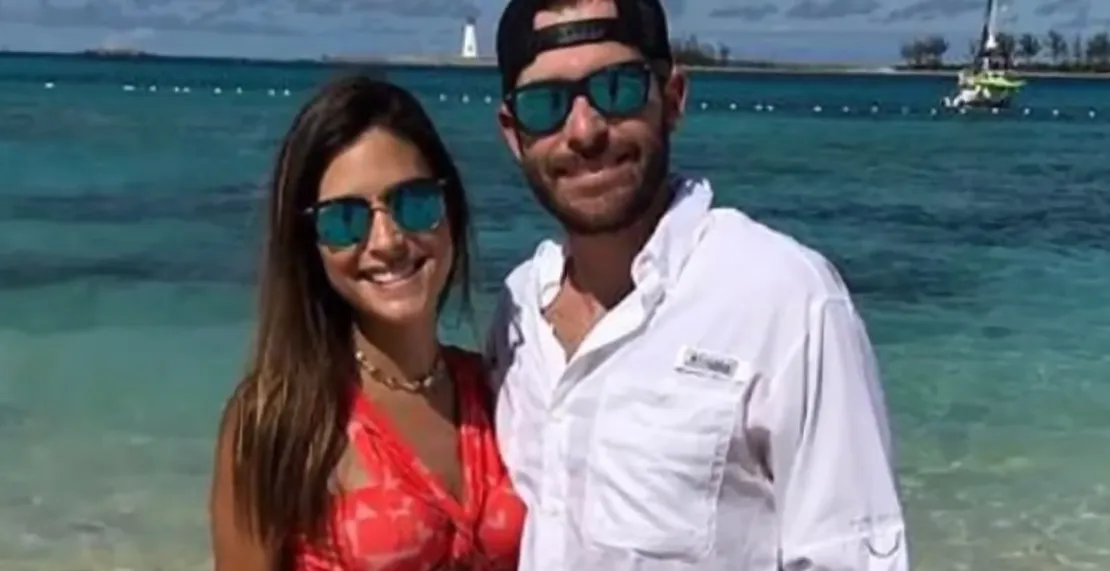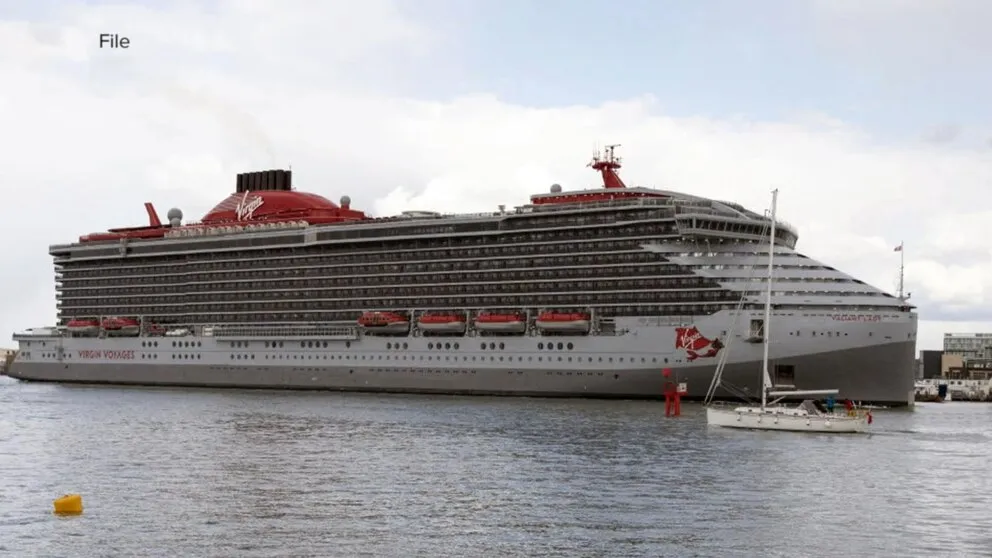Understanding Honeymoon Cruise Death Risks
A honeymoon cruise is a romantic getaway, but it’s essential to acknowledge the inherent risks. While rare, incidents resulting in death can occur on cruises, turning a dream vacation into a tragedy. Understanding these risks is the first step in ensuring safety. A variety of factors contribute to these risks, from medical emergencies to accidents and even, in extremely rare cases, foul play. Being informed allows you to take proactive steps to protect yourself and your partner, allowing for a safer and more enjoyable honeymoon experience. It’s about acknowledging the potential dangers while still embracing the excitement of the journey.
Types of Cruise-Related Deaths
Cruise-related deaths, though statistically infrequent, can arise from several causes. Knowing these types helps in preparing and mitigating the associated risks. These can range from natural causes to unexpected incidents. Some deaths are unavoidable, while others can potentially be prevented with the right precautions and awareness. It’s crucial to understand the different scenarios to know how to best prepare and respond, thereby increasing the chances of a safe and enjoyable honeymoon.
Medical Emergencies on Cruises

Medical emergencies are a significant cause of cruise deaths. The close environment of a cruise ship, combined with an older demographic of passengers, means that heart attacks, strokes, and other serious illnesses are possible. While cruise ships have medical facilities, the level of care can vary, and evacuation to a proper hospital on land can be challenging, especially in remote locations. Preparing for medical issues, such as bringing necessary medications and knowing the ship’s medical protocols, can be vital. Knowing the medical facilities and procedures onboard is crucial for swift action in case of an emergency.
Accidental Deaths on Cruises
Accidents, such as falls overboard, slips, and falls, or collisions, contribute to cruise-related deaths. The environment on a cruise ship, with wet decks, moving vessels, and crowded areas, can present hazards. Furthermore, certain activities like excursions or water sports can also be risky. Implementing safety measures, such as adhering to safety guidelines, using handrails, and exercising caution during activities, can minimize the likelihood of these accidents. Being aware of surroundings, especially in areas that are frequently changing such as during docking or bad weather, is also crucial.
How to Prevent Honeymoon Cruise Death
Preventing death on a honeymoon cruise involves a combination of proactive measures and informed decision-making. This includes selecting a reputable cruise line, securing appropriate travel insurance, and staying vigilant about personal safety. By adopting these preventive strategies, couples can significantly reduce risks and increase their chances of a safe and memorable honeymoon. Prevention is always the best policy and is key to a relaxing and worry-free experience. The following actions can help.
Choosing a Safe Cruise Line

The choice of cruise line can significantly impact safety. Researching cruise lines’ safety records, maintenance practices, and medical facilities is crucial. Look for lines with a strong reputation for safety, well-maintained vessels, and comprehensive emergency response plans. Reading reviews from past passengers, especially those commenting on safety, can provide valuable insights. Checking the ship’s safety certifications and compliance with international safety standards is also essential. Choosing a cruise line with a proven track record of safety provides a solid foundation for a secure honeymoon.
Importance of Travel Insurance
Travel insurance is a non-negotiable aspect of cruise safety. Comprehensive insurance should cover medical emergencies, including evacuation, repatriation of remains, and trip cancellations or interruptions. Make sure the policy covers activities you plan to participate in, such as shore excursions. Reviewing the policy’s fine print is essential to understand the coverage and exclusions. Travel insurance provides financial protection and peace of mind, allowing you to focus on enjoying your honeymoon without the added stress of potential financial burdens related to unforeseen events. Consider factors like pre-existing conditions when choosing a plan.
Safety Measures to Take on Board
Once aboard the ship, several safety measures can be taken. Familiarize yourself with emergency procedures, including the location of life jackets and muster stations. Participate in the mandatory safety drill and pay close attention to all instructions. Use handrails, especially on stairs and in wet areas, to prevent slips and falls. Be aware of your surroundings at all times, and report any safety concerns to the ship’s crew immediately. Taking these precautions can significantly reduce risks while ensuring a smooth and enjoyable honeymoon experience. Always follow crew instructions.
Personal Safety on Cruise

Personal safety extends to vigilance during shore excursions and onboard activities. Always stay with your partner and avoid wandering alone, particularly at night. Be cautious when consuming alcohol, and never overindulge. Be aware of your surroundings, and keep valuables secure. When on shore excursions, stick with reputable tour operators and follow local safety guidelines. Trust your instincts and remove yourself from situations that feel unsafe. Taking these steps ensures your personal safety and contributes to a memorable and incident-free honeymoon.
Reporting and Response Procedures
Understanding the reporting and response procedures in the event of an incident is crucial. This includes knowing how to contact the ship’s medical staff, security personnel, and relevant authorities. It’s important to be aware of the chain of command and the procedures in place for various emergencies. Having this knowledge beforehand helps you respond swiftly and effectively. These procedures are often posted in your cabin or available at the front desk.
What to Do if an Incident Occurs
If an incident occurs, remain calm and assess the situation. Immediately contact the ship’s medical staff or security, depending on the nature of the emergency. Provide all necessary information, including the location and nature of the incident. Follow the instructions of the ship’s personnel. If the situation involves a crime, document everything and report it to the authorities. Your ability to stay composed and provide clear information can be vital in helping the situation. Also, notify the appropriate authorities back home if you deem it necessary.
How Cruises Handle Death

Cruise lines have specific procedures for handling deaths onboard. These procedures involve notifying the relevant authorities, securing the deceased’s belongings, and assisting the family. The ship will typically coordinate with local authorities to arrange for the body to be transported ashore. The cruise line also provides support to the family, including assistance with travel arrangements and communication with authorities. Understanding how cruise lines manage these difficult situations can help you know what to expect if such a tragedy occurs. It is a highly sensitive process.
Resources and Support
Several resources and support systems are available in case of a cruise-related death. These include the cruise line’s assistance, travel insurance providers, and government agencies. The US Coast Guard and other maritime authorities are involved in investigations and provide support to families. Organizations that provide emotional and psychological support can also be invaluable. If you are affected by such an incident, do not hesitate to reach out for help. Knowing what resources are available ensures you’re not alone during this difficult time. Support groups can also provide comfort and guidance.
